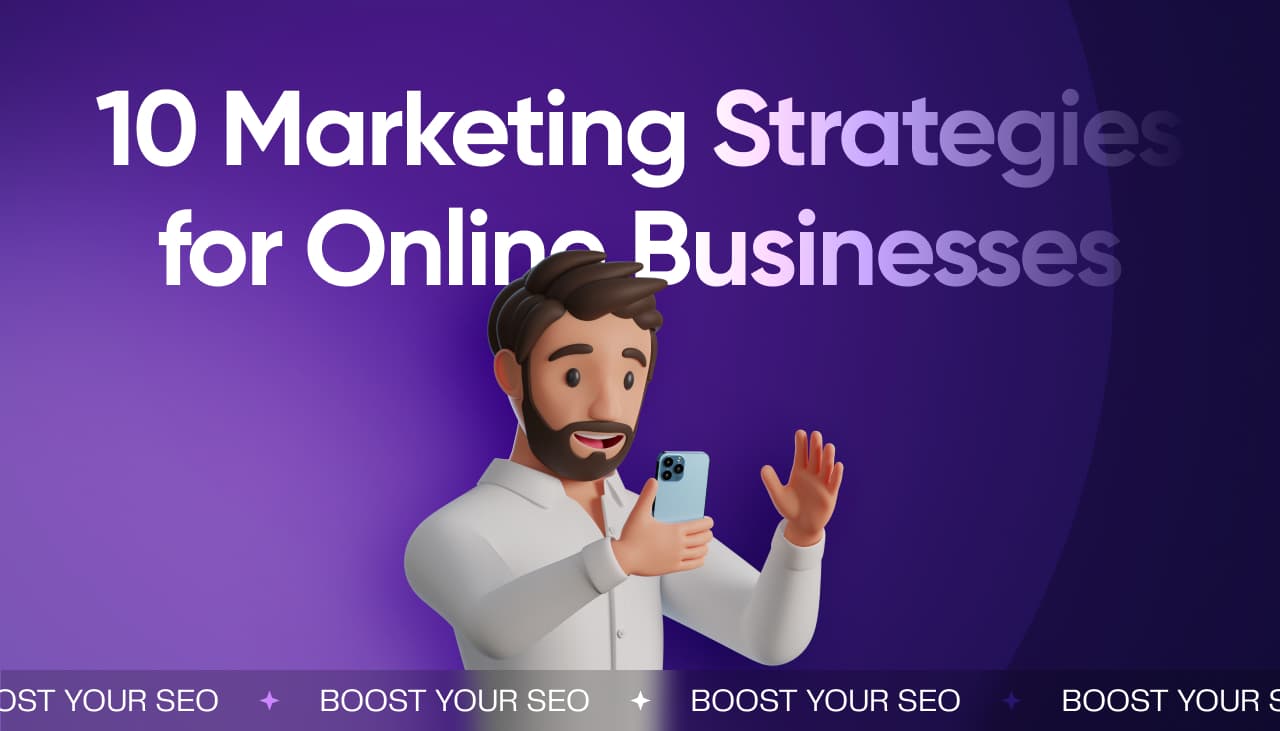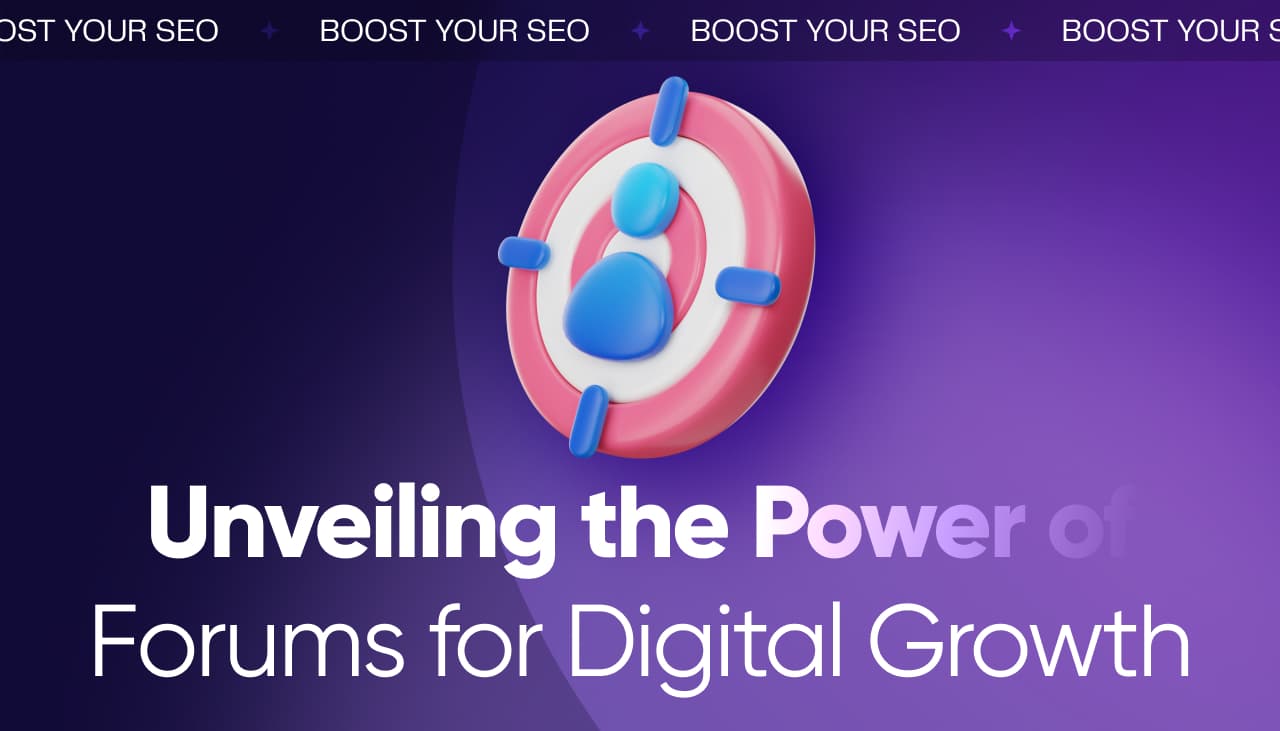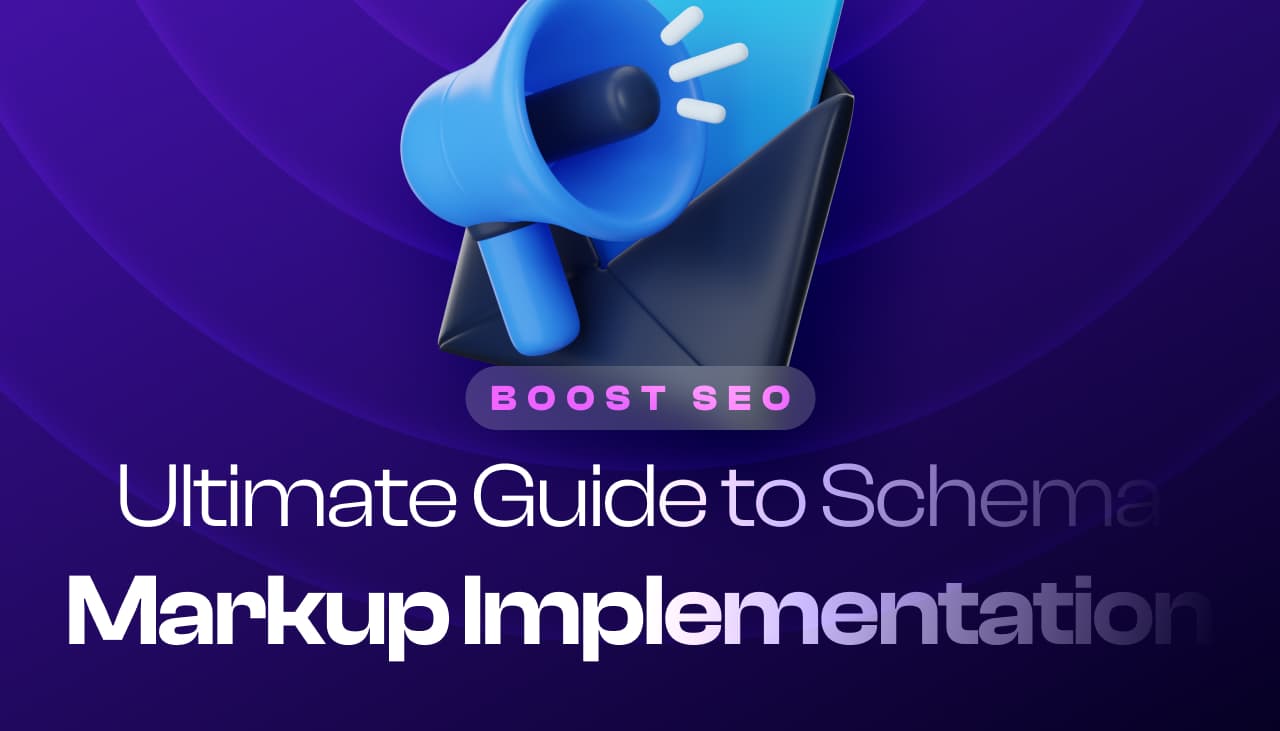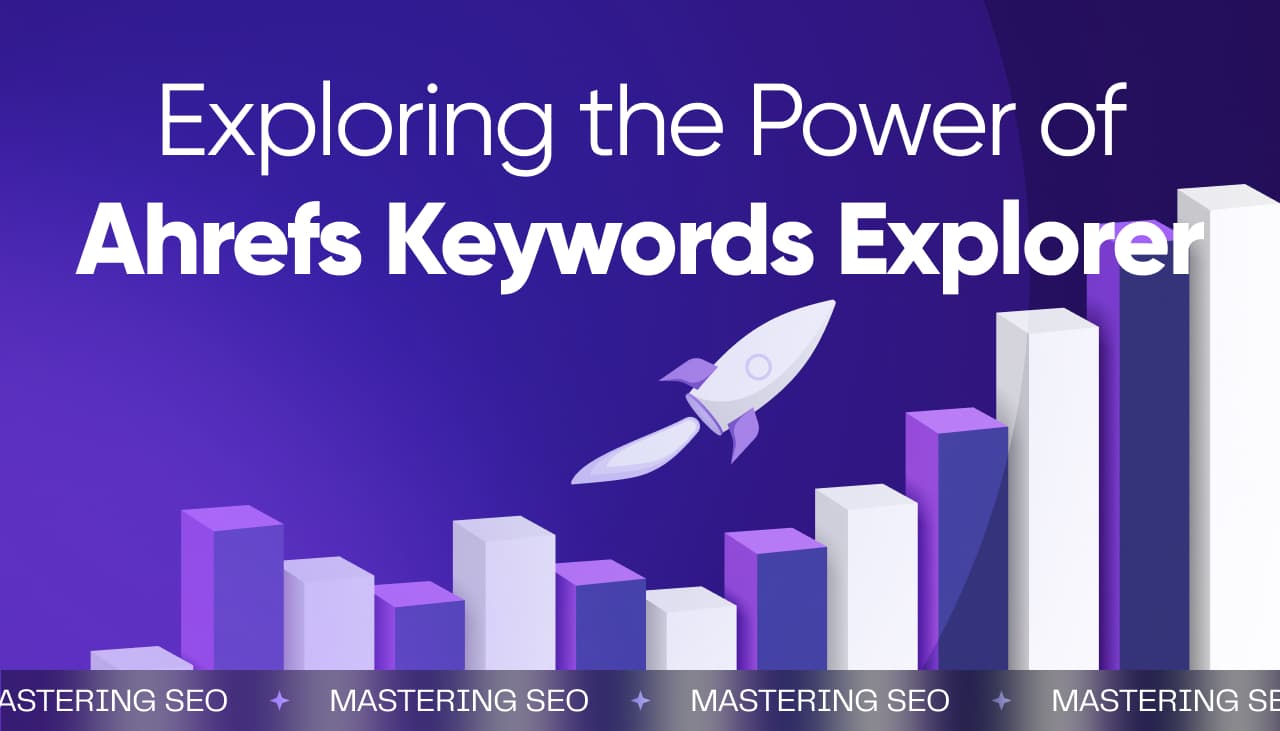In today’s digital age, we’re all looking for ways to stand out online. That’s where Yoast SEO comes into play, a tool we believe is essential for on-page optimization.
It’s not just about throwing keywords into your content; it’s about crafting your pages in a way that search engines love. Yoast SEO guides us through this process, making it simpler than ever to optimize our content effectively.
By leveraging Yoast SEO, we’re not just guessing what works; we’re applying proven strategies that increase our visibility and engagement. Let’s dive into how Yoast SEO can transform our on-page SEO efforts.
Table of Contents
Key Takeaways
- Yoast SEO is a versatile tool for improving on-page optimization, offering features like real-time content and readability analysis, meta tag management, and technical SEO assistance, making it essential for achieving better search rankings.
- Proper on-page SEO is critical for visibility in search engine results, involving strategic keyword use, optimizing meta tags, and improving content readability, all aimed at enhancing both user and search engine friendliness.
- Setting up Yoast SEO is straightforward, involving plugin installation and configuration through WordPress, with a focus on tailoring settings for optimal site appearance in search results and integrating with webmaster tools for performance tracking.
- Content optimization with Yoast SEO involves focusing on a chosen keyword and utilizing the plugin’s SEO and readability analyses for real-time feedback, helping to ensure content is both engaging for the audience and compliant with SEO best practices.
- Following Yoast SEO best practices, such as thorough keyword research, strategic keyword placement, and utilizing readability and internal linking suggestions, can significantly enhance content’s SEO performance and user engagement.
- Regular updates and manual reviews of Yoast SEO features help maintain and improve a website’s search engine rankings, ensuring content remains relevant and effectively optimized over time.
What is Yoast SEO?
Yoast SEO is more than just a plugin. It’s a comprehensive tool that has revolutionized the way we approach on-page optimization. At its core, Yoast SEO assists in making our content both user-friendly and search engine friendly. It’s widely recognized for its ease of use and efficiency, offering step-by-step guidance through the optimization process.
This tool isn’t limited to keyword analysis. It covers everything from readability checks to ensuring our posts and pages have strong, SEO-friendly titles and meta descriptions. One of its standout features is the green light system, which offers an at-a-glance indication of how well our content is optimized.
We rely on Yoast SEO to provide real-time feedback. This means we can make immediate improvements to our content before it even goes live. Another great feature is the snippet preview, which shows us exactly how our posts will look in search results. This helps us to craft compelling titles and descriptions that boost click-through rates.
Beyond the basics, Yoast SEO delves into advanced territory. It handles technical tasks like canonical URLs and sitemap generation to ensure search engines can crawl our site effectively. Plus, it’s always up-to-date with Google’s algorithm changes, making it indispensable for maintaining our competitive edge.
Yoast SEO isn’t just for blogs or small websites. It’s scalable and powerful enough for large e-commerce sites, providing the tools we need to optimize product pages and categories. With its robust features and ongoing updates, Yoast SEO empowers us to meet and exceed our SEO goals, ensuring our content reaches its fullest potential.
Why is on-page optimization important?
In today’s digital age, on-page optimization is more critical than ever.
It’s the bedrock of our SEO efforts.
Search engines like Google use it to evaluate our content’s relevance and quality.
This means that without effective on-page SEO, our pages might as well be invisible in search results.
By optimizing our pages, we ensure they’re both user and search engine friendly.
This involves tweaking meta tags, using strategic keywords, and improving readability.
Such optimizations greatly increase the likelihood of our content ranking high.
High rankings translate to more visibility and traffic.
And more traffic often means increased engagement and conversion rates.
On-page optimization also helps us target specific audience segments.
This precise targeting is crucial for crafting content that resonates and converts.
Moreover, on-page SEO empowers us to stay competitive.
In sectors where everyone’s vying for attention, well-optimized pages stand out.
Lastly, it’s cost-effective.
Unlike paid advertising strategies, on-page optimization provides lasting benefits.
For every page we optimize, we’re investing in a long-term asset.
Mastering on-page SEO is indispensable for digital success.
Yoast SEO simplifies this process, guiding us through each step to ensure our content shines online.
With Yoast, we’re not just chasing algorithms but creating value for our audience.
The features of Yoast SEO
Yoast SEO stands out with its comprehensive features designed to boost on-page optimization. At its core, it provides invaluable tools and insights that cater to both beginners and seasoned SEO professionals alike.
First and foremost, Yoast SEO offers a real-time content analysis tool. This feature allows us to make adjustments to our content as we write, ensuring it’s optimized for our target keywords. It checks for keyword density, distribution, and warns us if we’re at risk of keyword stuffing.
Another key feature is the readability analysis. Yoast assesses our content’s readability, ensuring it appeals to both search engines and our audience. This not only helps with rankings but also enhances user engagement.
Yoast SEO excels in its ability to manage meta tags and titles. This tool automates the process, saving us time while optimizing each page for the best possible performance in search results.
An often-overlooked advantage of Yoast SEO is its social media previews. We can see how our content will appear on platforms like Facebook and Twitter. This ensures our posts are always eye-catching and click-worthy.
For those concerned with the technical aspects of SEO, Yoast handles everything from canonical URLs to schema markup. This greatly improves our site’s visibility and interaction with search engines, paving the way for higher rankings and more traffic.
SEO is an ongoing process, and Yoast SEO’s ability to provide focal keyword reports helps us stay on top of our game. By analyzing how well our pages and posts are optimized for our chosen keywords, we can make data-driven decisions to improve our strategy.
Lastly, the internal linking suggestions feature is a game-changer. Yoast SEO recommends relevant content within our own website for linking, enhancing our site’s structure and boosting our SEO.
How to set up Yoast SEO
Setting up Yoast SEO on your website is a straightforward process. First, if you’re using WordPress, navigate to the “Plugins” section in your dashboard. Here, click “Add New” and search for “Yoast SEO.”
Once you’ve found the plugin, click “Install Now” followed by “Activate.” After activation, Yoast SEO will appear in your WordPress dashboard. It’s time to configure it for optimal performance.
Navigate to the Yoast SEO section and start with the configuration wizard. This wizard is designed to guide you through the setup process. It covers site environment, site type, company or person information, social profiles, post visibility settings, and multiple authors.
Don’t skip over the “Search Appearance” settings. This area lets you control how your site appears in search results. Here, you can customize titles and meta descriptions for posts, pages, and categories.
Important: Pay special attention to the “Webmaster Tools” section. Verifying your site with search engines is crucial for tracking its performance. Yoast SEO offers easy integration with Google Search Console, Bing Webmaster Tools, and Yandex Webmaster Tools.
Remember to regularly update Yoast SEO to benefit from the latest features and security improvements. Updates ensure your on-page SEO remains at its peak performance.
Yoast SEO also includes features that require manual review. Regularly check the “Readability” and “SEO Analysis” sections when creating content. These tools provide actionable insights to further optimize your pages and posts.
By following these steps, we ensure our site is fully optimized for search engines. This not only improves visibility but also bolsters our engagement with our targeted audience segments.
Optimizing your content with Yoast SEO
Once Yoast SEO is up and running on our website, we’re ready to dive into the meat of on-page optimization. Optimizing content with Yoast SEO is straightforward, thanks to its user-friendly interface. We’ll start by focusing on our post’s or page’s focus keyword. Yoast SEO prompts us to enter a focus keyword, which it then uses to analyze our content’s optimization level.
For every piece of content, the plugin generates a SEO Analysis. This feature scrutinizes our use of the focus keyword throughout the content. It checks the title, meta description, and the body of the text, ensuring the keyword is used appropriately. The analysis doesn’t stop with keyword use. Readability is another crucial factor Yoast SEO evaluates. It examines sentence length, paragraph length, and use of passive voice.
The green, orange, and red lights provide us with immediate feedback. A green light indicates good optimization, while orange and red suggest areas for improvement. These lights serve as a quick visual guide, helping us fine-tune our content until it’s fully optimized. Another strength of Yoast SEO is its ability to give real-time suggestions. If our focus keyword is underutilized or overused, Yoast SEO will let us know.
It also provides synonyms and related keywords, broadening our content’s reach. Internal linking suggestions are offered as well, improving our site’s structure and SEO. By following Yoast SEO’s guidance, we ensure our content is not only engaging to our audience but also ranks well in search results. This dual focus on user experience and search engine criteria is what makes Yoast SEO an invaluable tool in our SEO arsenal.
Yoast SEO best practices
To leverage Yoast SEO effectively, it’s crucial to follow best practices that align with both search engine guidelines and user experience principles.
First and foremost, we always start by conducting thorough keyword research. This identifies the terms our target audience is searching for.
Once we’ve identified our focus keyword, we ensure it’s strategically placed in our title, meta description, and throughout our content.
Crafting compelling meta descriptions for each page is a must. They should include the focus keyword and entice users to click through from search engine results.
We make use of Yoast SEO’s readability analysis. This keeps our content accessible and engaging, ensuring the average reader finds value in our posts.
Yoast’s internal linking suggestions are another goldmine. They guide us in creating a site structure that enhances both user experience and SEO.
Updating our older content routinely with the help of Yoast SEO ensures every page stays relevant and optimized over time.
Moreover, we personalize our snippet previews to reflect what users will see in search results, making adjustments as needed to improve click-through rates.
We don’t overlook the SEO analysis feature. It alerts us to any optimization opportunities we might miss otherwise.
Lastly, incorporating related keywords suggested by Yoast SEO allows us to cover a topic more comprehensively.
Adhering to these best practices ensures that our content not only resonates with our audience but also achieves prominent visibility in search engine results.
Conclusion
We’ve explored the transformative power of Yoast SEO in elevating on-page optimization to new heights. By harnessing this tool, we’re not just improving our site’s visibility; we’re engaging our audience more effectively and carving out a distinct space in competitive markets. It’s clear that Yoast SEO isn’t just about ticking boxes for SEO best practices. It’s about creating content that resonates, drives traffic, and converts. As we apply the insights and strategies shared, we’re not just optimizing for search engines. We’re optimizing for success. So let’s take these learnings, put them into action, and watch our content soar to the top of search results. With Yoast SEO by our side, we’re well-equipped to make our mark and achieve our digital marketing goals.
Frequently Asked Questions
What is on-page optimization and why is it important?
On-page optimization involves optimizing web pages to improve their visibility in search engine results, thereby increasing traffic and engagement. It’s essential for targeting specific audience segments and standing out in competitive sectors, providing lasting benefits over paid advertising.
How does Yoast SEO help with on-page optimization?
Yoast SEO is a comprehensive tool that assists users through every step of on-page optimization. It offers features like real-time content analysis, readability checks, meta tag management, social media previews, technical SEO settings, focal keyword reports, and internal linking suggestions, benefitting both beginners and seasoned professionals.
Can Yoast SEO improve my website’s ranking and user engagement?
Yes, by guiding users to create valuable, highly optimized content, Yoast SEO helps in improving your website’s ranking in search results. It also enhances user engagement by ensuring your content is readable and targeted towards your audience’s interests and needs.
What are some best practices for using Yoast SEO effectively?
To use Yoast SEO effectively, conduct thorough keyword research, strategically place focus keywords in your title, meta description, and throughout your content. Craft compelling meta descriptions, utilize the tool’s readability analysis, benefit from internal linking suggestions, update older content, personalize snippet previews, and incorporate related keywords.
How does Yoast SEO differ from paid advertising strategies?
Unlike paid advertising, which provides temporary visibility, on-page optimization with tools like Yoast SEO offers more lasting benefits. It ensures your content is organically visible and attractive to your target audience, leading to sustained traffic and engagement without the ongoing cost of ads.






















Responses (0 )